32 Things Economic Developers Need to Know This Week
The stories Dane thinks you need to see. January 9, 2025 edition.

Welcome to this week's issue of What Economic Developers Need to Know This Week, where we explore the evolving dynamics of our economy.
This week we have 32 tools, stories, graphics, charts, and videos that I think you'll find informative, useful, inspiring, and perhaps even humorous. Some are economic development related directly, and some only indirectly. 🤔
If you're wondering what to do with the info in this newsletter, send something to your board members. It will make you look good!

Today's email is brought to you by Resource Development Group
Founded in 1995, RDG offers customized economic development fundraising solutions exclusively for Chambers of Commerce and Economic Development Organizations. That’s their niche. That’s their specialty.
Their highly experienced team has raised over $2 billion -- yes, that’s $2 billion with a “B” -- for communities of all sizes and organizations just like yours.
Every community is unique. Tulsa, OK, is not Maury County, TN. Atlanta, GA is not Detroit, MI. Chattanooga, TN is not Charlottesville, VA. Don’t use another community’s fundraising playbook and expect the same results!
RDG's experts excel in providing customized economic development fundraising solutions for every situation. So whether you’re a single county EDO ready to kick off your first fundraising campaign or a large regional organization on your third funding cycle, they have the team and experience to get you the results you’re looking for.
1) Houses in the west and south tend to be much newer than those in the northeast and midwest. On average, American housing stock is currently the oldest it's ever been.
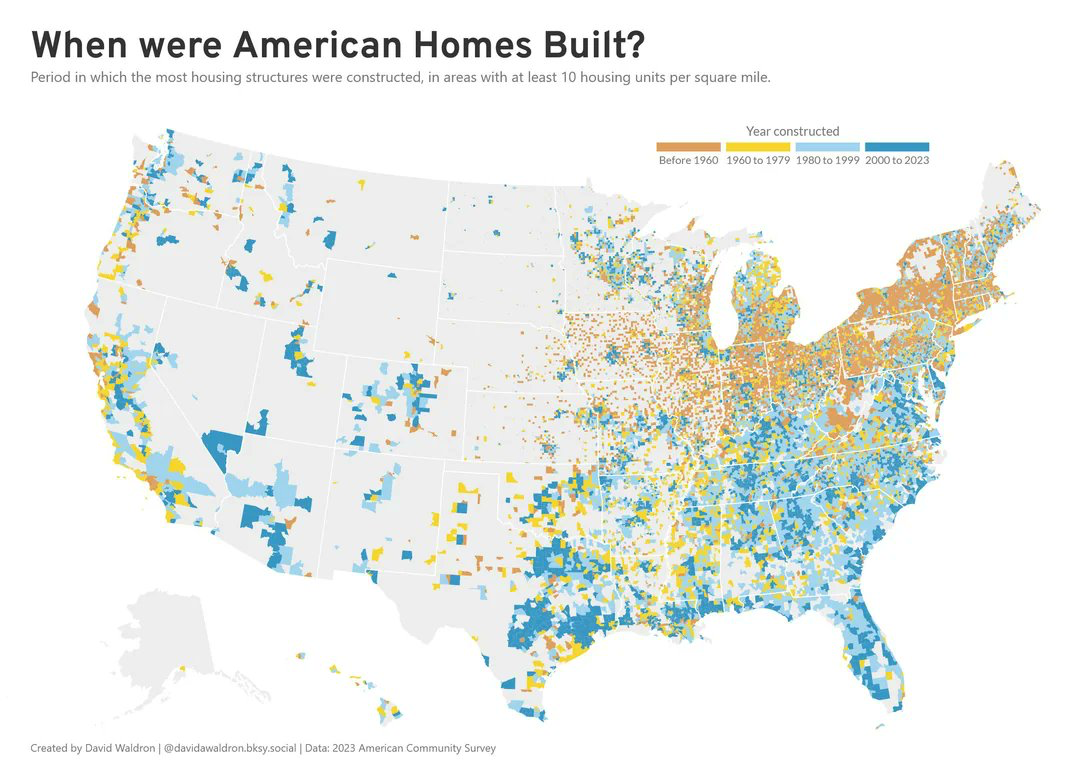
2) All but three states & Puerto Rico saw population growth in 2024
Fastest Growers: DC (2.2%), Florida (2%), Texas (1.8%), Utah (1.8%), South Carolina (1.7%)
Slowest: Vermont (-0.03%), West Virginia (-0.03%), Puerto Rico (-0.02%), Mississippi (-0.004%), Louisiana (+0.2%)
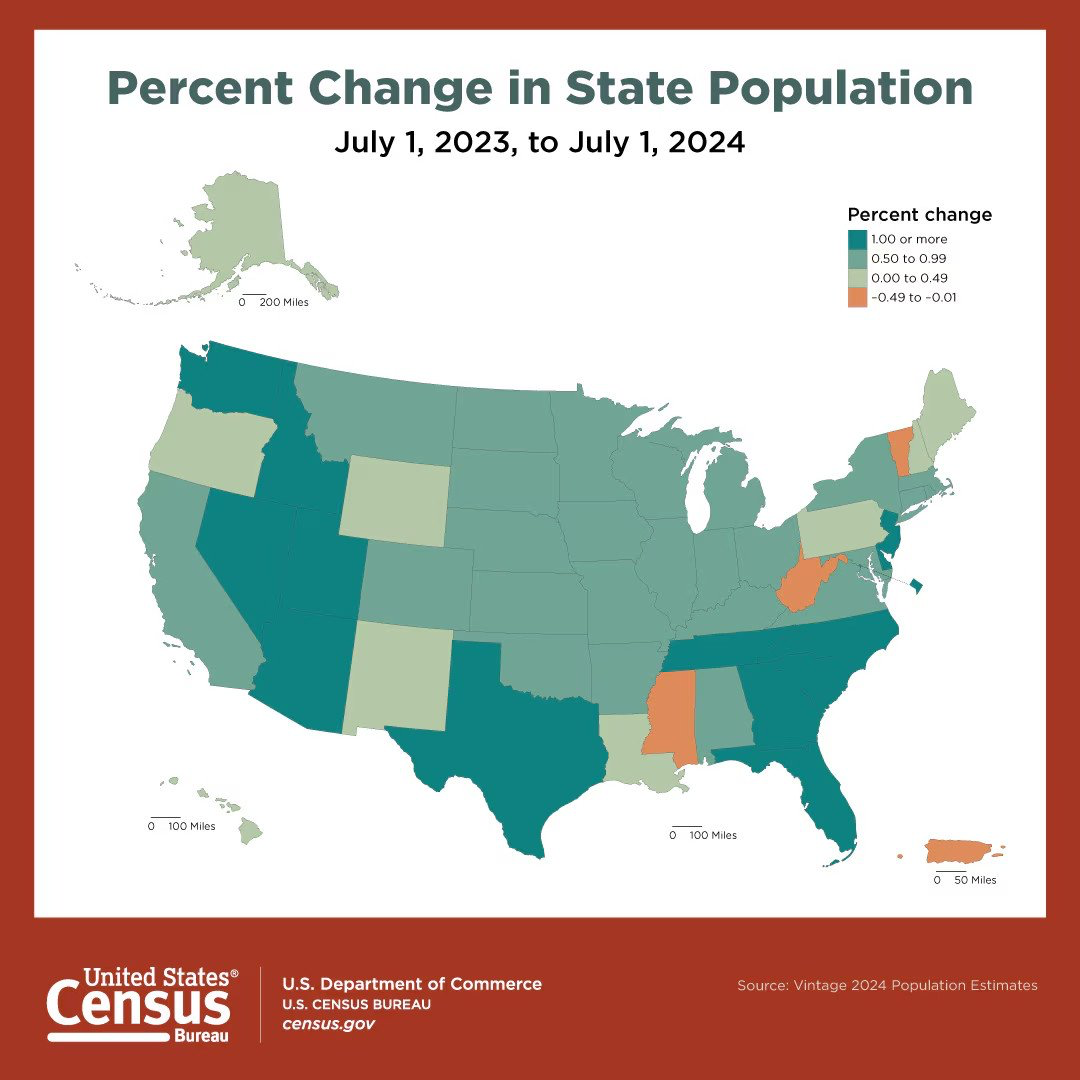
3) Start With Who, Not What: Read an excerpt from Andy Portera's book How To Win At Rural Economic Development.
4) Do housing prices have an impact on birth rates? Looks like it:
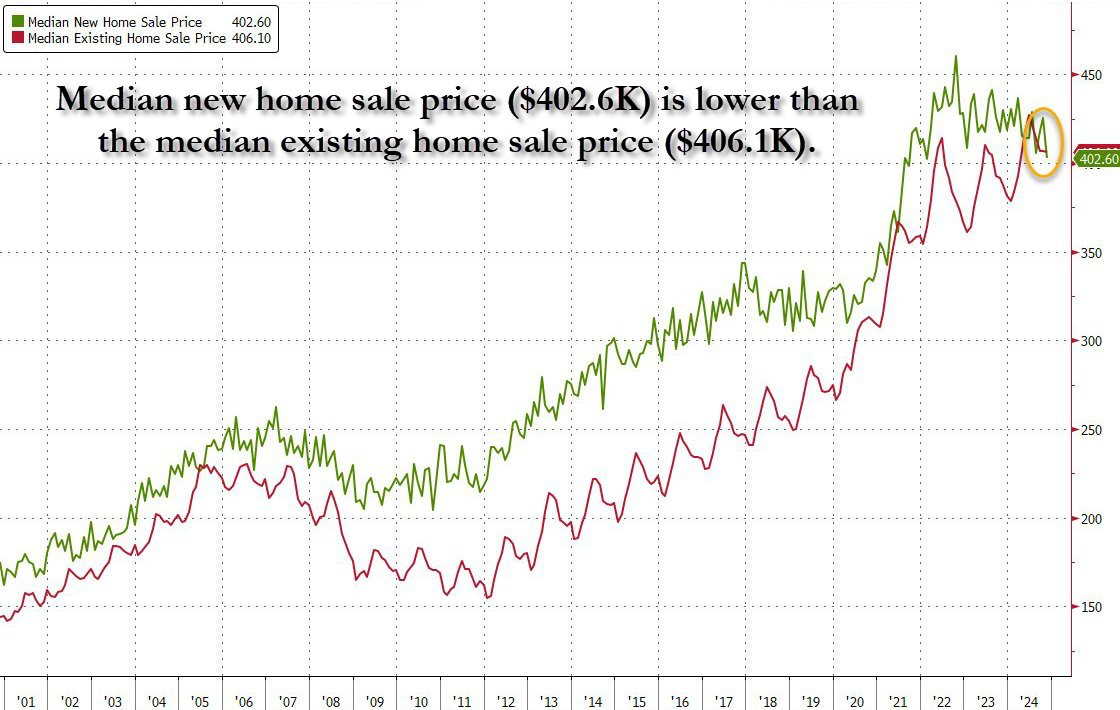
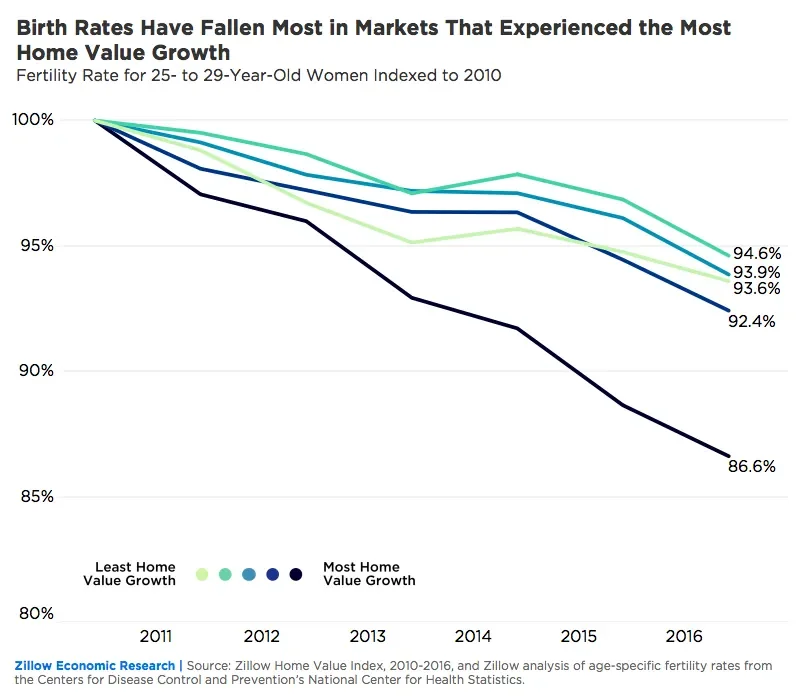
5) Homelessness, by the numbers:
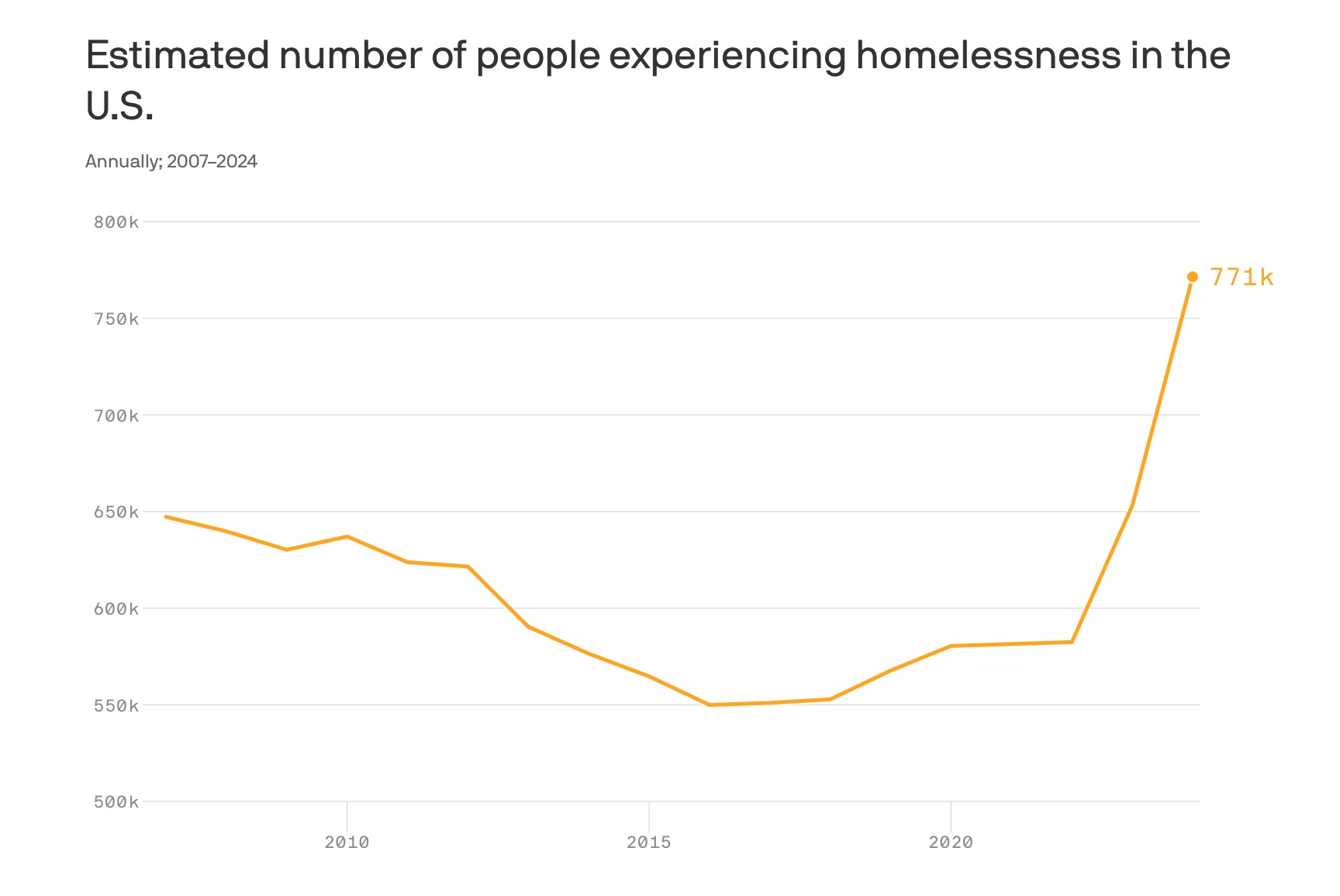
6) Thanks to Florida and Texas, the remains the largest and fastest growing region in the United States:
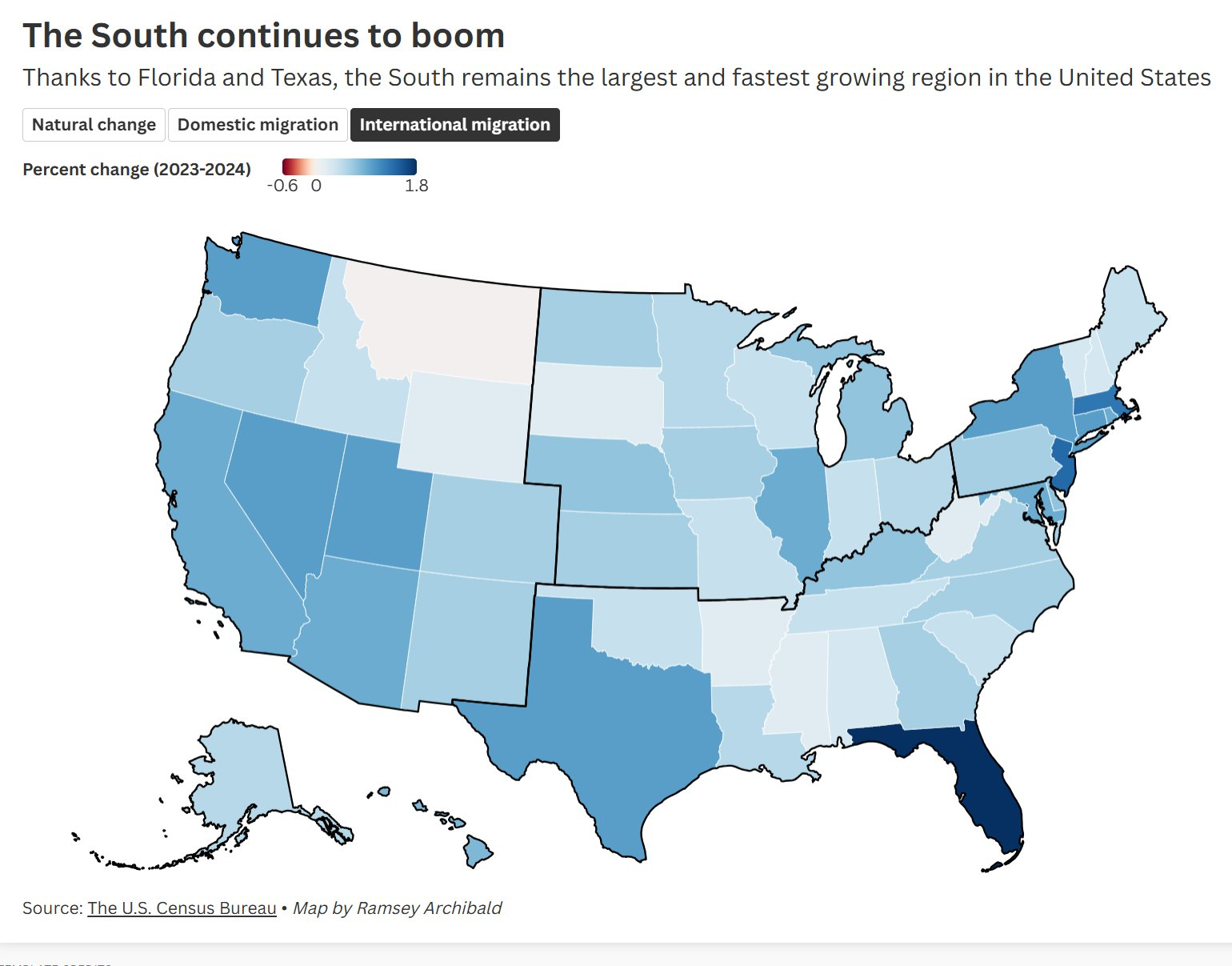
7) If you're exercising for your brain, and not for your brawn, take note of the optimal amount of exercise to improve cognitive function:
Scientists have found that moving your body can improve how well your brain works. To make a real difference in your thinking and memory, they recommend doing 724 MET-minutes of exercise each week. For example, if you enjoy brisk walking, which is about 5 METs, you'd need to walk for 145 minutes per week--just over 20 minutes a day if you do it every day!
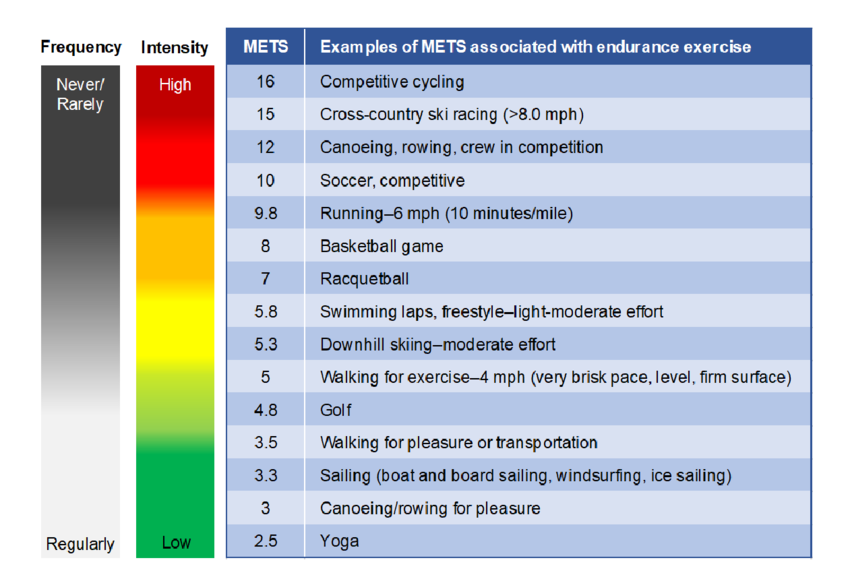
But here's something surprising: too much exercise doesn't give your brain extra benefits. If you go beyond about 1200 MET-minutes per week, the positive effects on your brain don't increase.
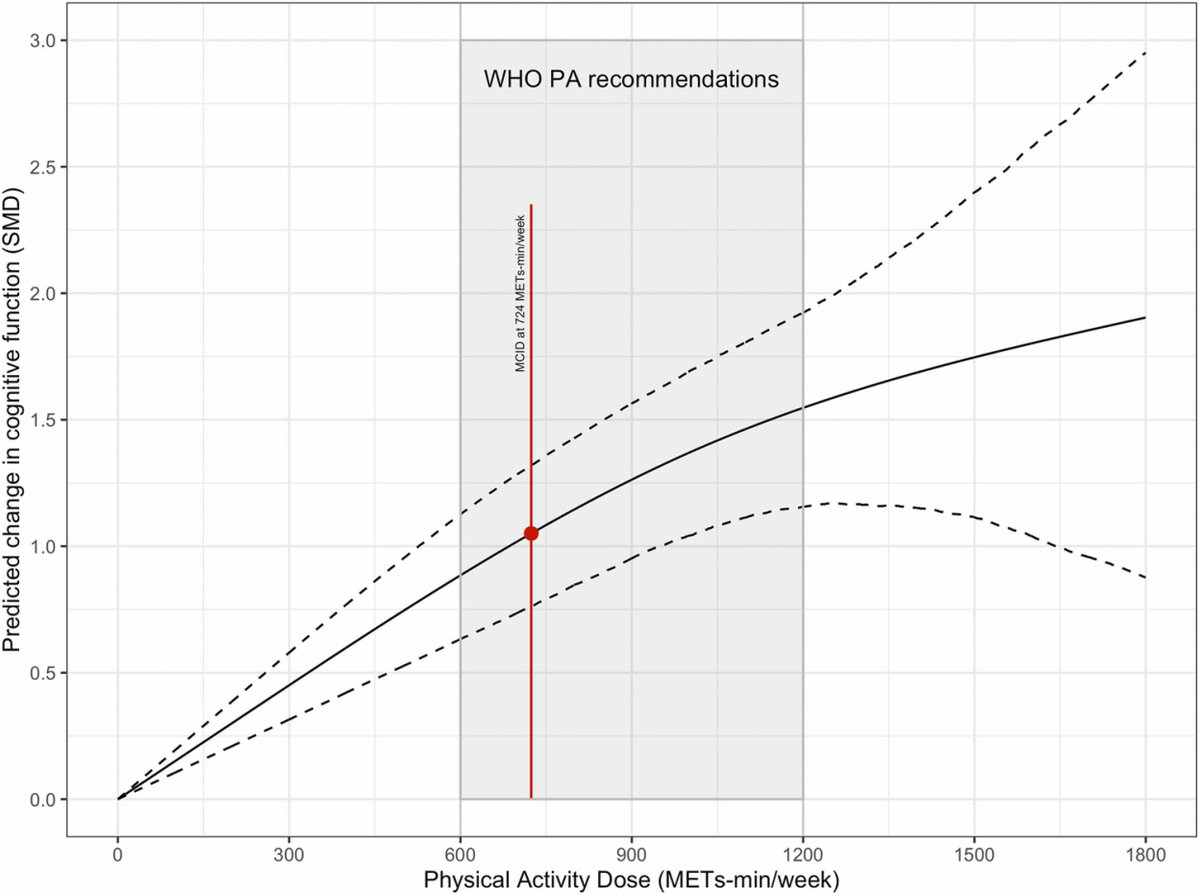
8) This map shows the 2023 median household income for each state in the U.S., adjusted for the cost of living. The adjustments take into account how much things like housing, food, and services cost in each state. The national median income is $80,610, but how far your money goes depends on where you live:
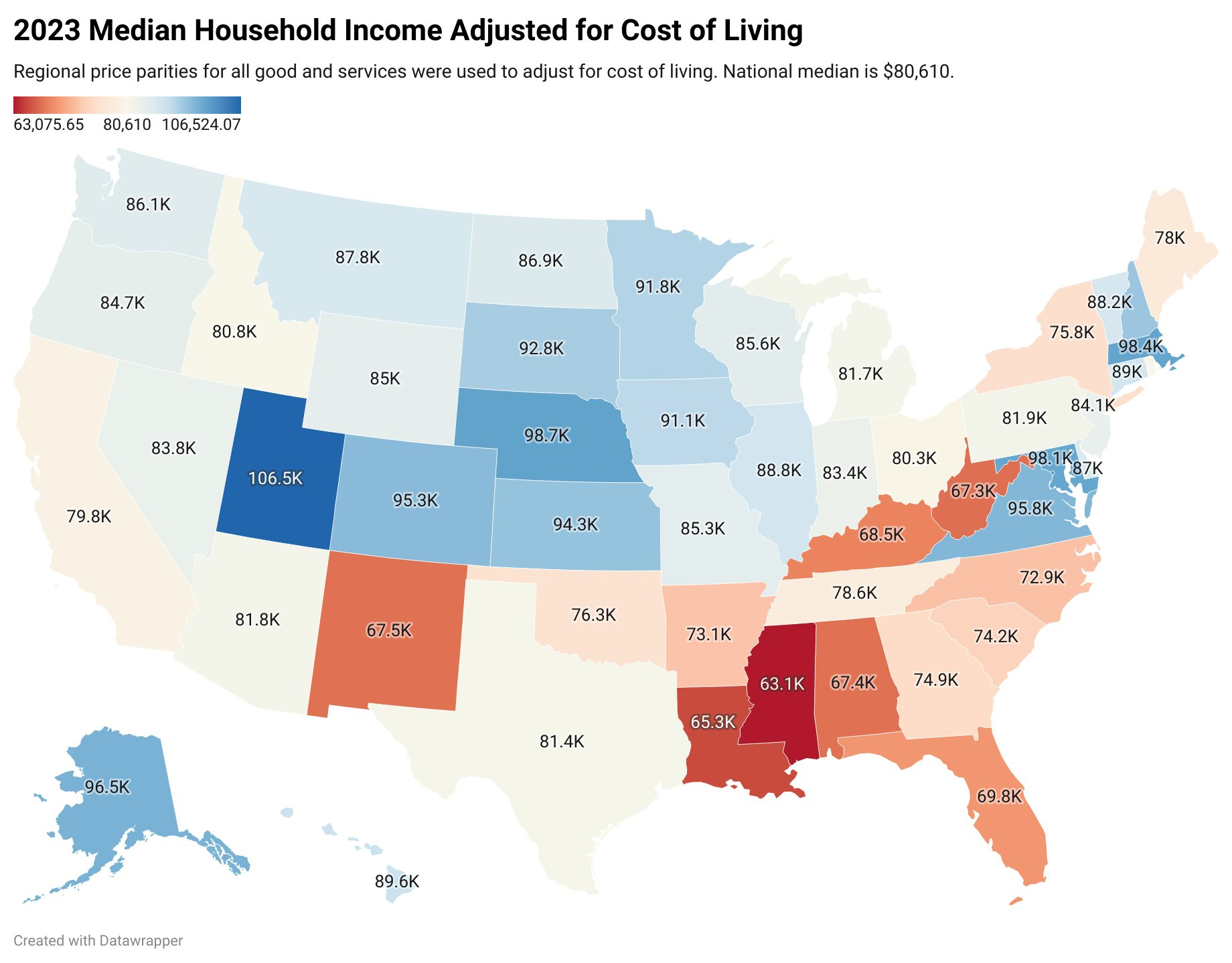
Here are some key takeaways:
Highest incomes: States like Utah ($106,500) and Alaska ($96,500) have some of the highest adjusted incomes, meaning households there have more purchasing power compared to other states.
Lowest incomes: States like Mississippi ($63,100) and West Virginia ($67,300) fall on the lower end, showing that even with cost-of-living adjustments, incomes there are less competitive.
Regional trends: The Midwest and Mountain West tend to perform well, with several states above the national median. Meanwhile, parts of the South struggle to reach higher adjusted incomes.
9) For most of the 20th century, workers in the U.S. kept getting more productive at a steady rate of about 2% per year. This was thanks to better technology, improved ways of organizing work, and investing in tools and machines. But in the last 20 years, something unusual happened: productivity slowed down, especially in manufacturing--the sector that used to lead the charge in boosting the economy.
Here's what's puzzling:
Manufacturing has been key: It's historically been the backbone of the economy, helping other industries grow by making workers more productive.
Manufacturing spends the most on R&D: This sector still invests more money than any other in research and development (R&D), which should fuel innovation. Yet, the productivity gains haven't followed.
What this slowdown means is that even with all the money spent on innovation, workers in key sectors like manufacturing are producing less value per hour than expected. This raises important questions about how technology and investments are being used--or if other factors are holding productivity back.
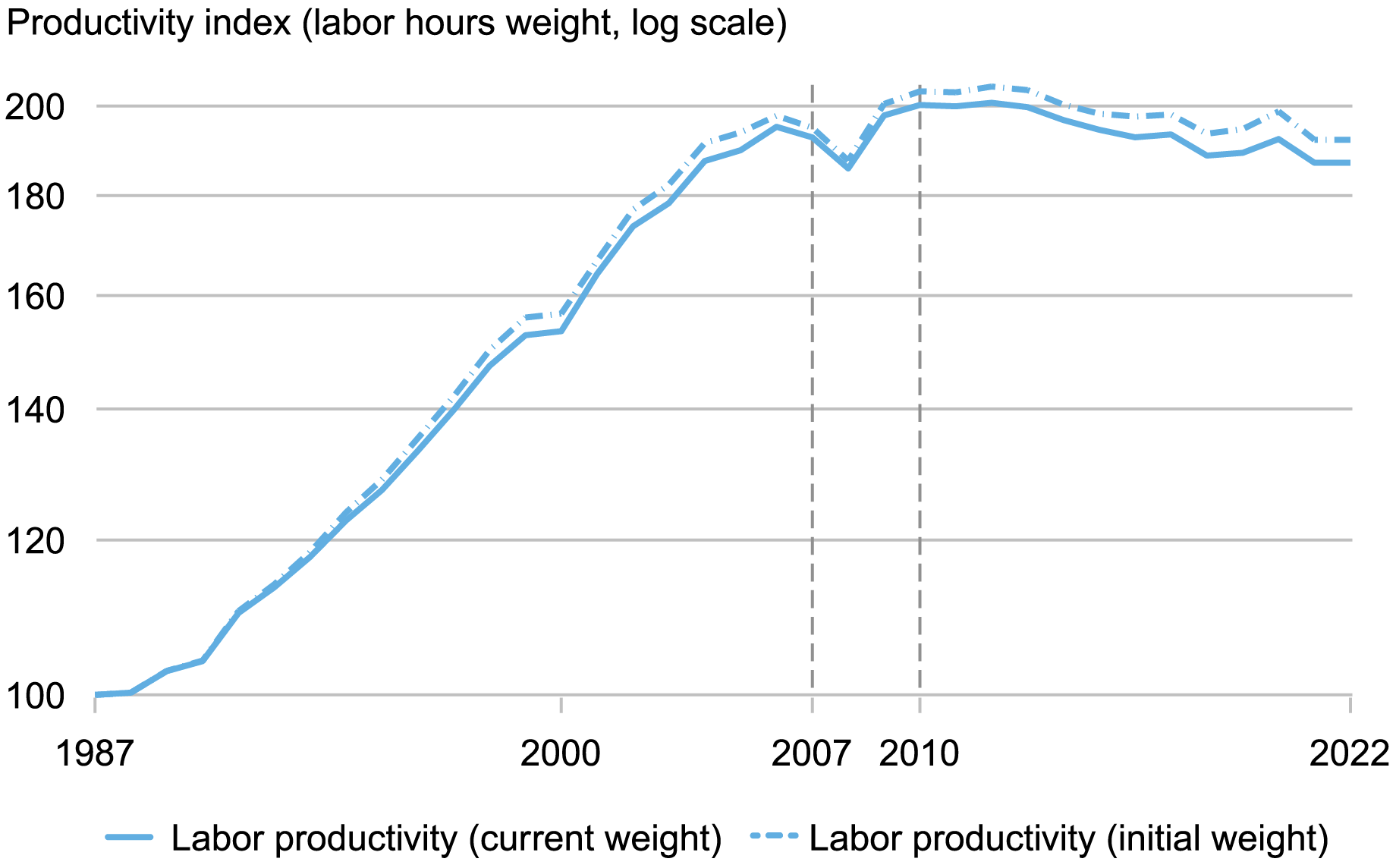
10) Is AI already changing the U.S. labor market?

As you may, or perhaps not know – not only do I publish the Econ Dev Show newsletter and podcast for free every week, but over the past year, I've also been developing a groundbreaking tool for economic development organizations: Sitehunt.
I've been told it's the first truly practical application of AI in economic development.
Your peers agree. In its first year alone, Sitehunt is already being used by EDOs of all sizes across the country.
Here's what it can do:
- Automatically research and enhance your existing buildings and site database--or even create one from scratch.
- Continuously discover new, suitable buildings and sites within your communities to grow your economic development inventory.
- Generate compelling marketing content for your sites.
- Instantly analyze RFIs and match them to your inventory, ensuring you never miss an opportunity from a site selector.
As we approach the end of the year, now is the perfect time to think about 2025. Can I give you a demo? I promise you'll be amazed at what Sitehunt can do.
11) More than half the drop in America's total fertility rate is explained by women under the age of 19 now having next to no children.
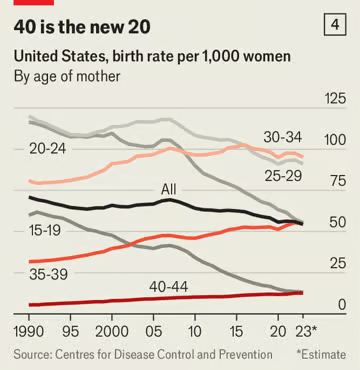
12) Zoning and housing regulation is making us poorer: The total cost of regulation-induced sprawl in the United States may be enormous. According to one study, if just three cities - New York City, San Jose and San Francisco - loosened their rules against building denser housing to the national average level of restrictiveness, millions would move to jobs that made the best use of their skills and total US GDP would be 8.9% higher. This would translate into average American wages being $8,775 higher per year.
13) The Interstate Highway System is the USA's biggest engineering secret:
14) From Brock Dickinson comes a look at "Smokestack Chasing": The Three Ages of Economic Development Part I
15) Thriving together: Strategies for sustainable rural economies in 2025


